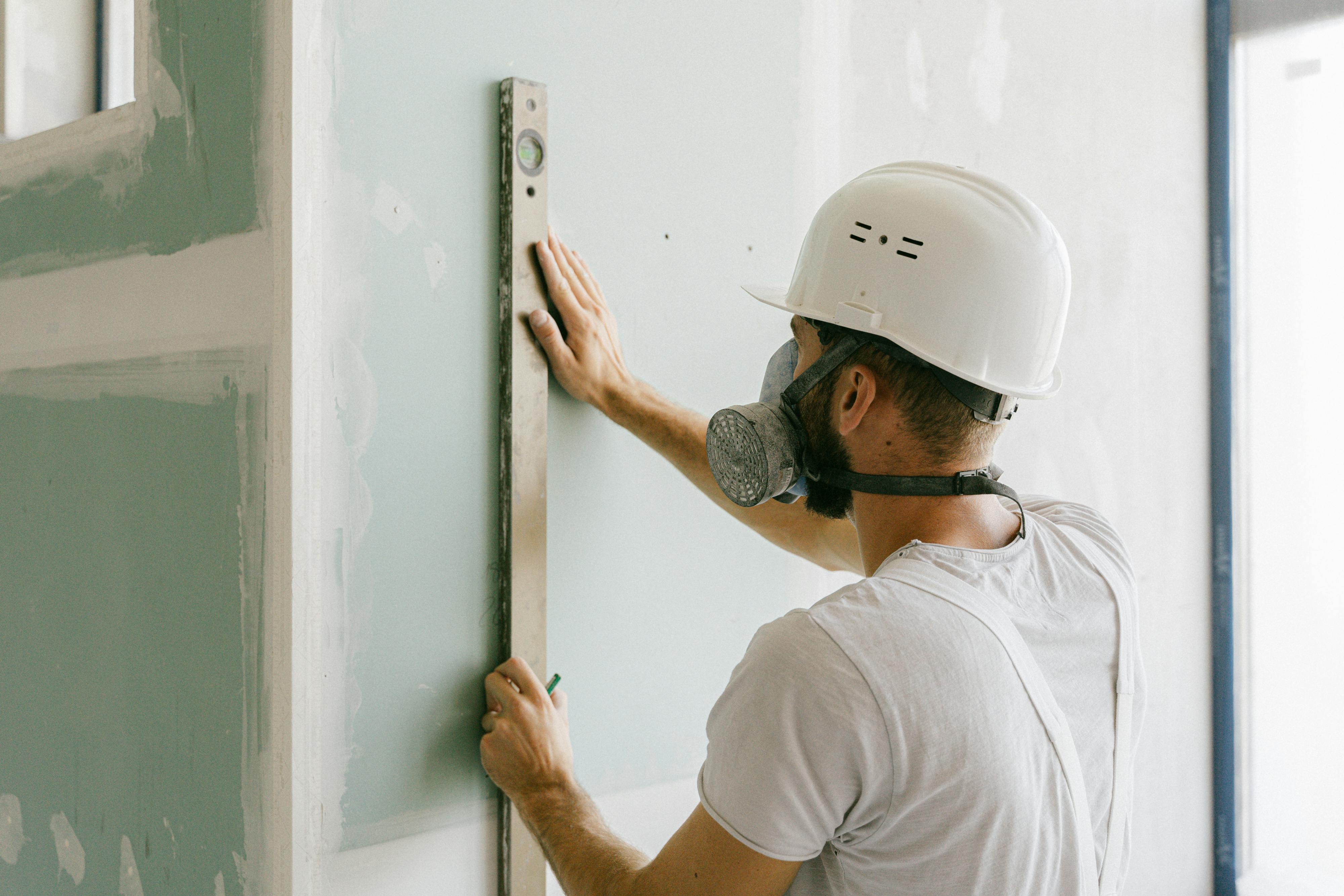Mini Split Copper Line Set Secrets HVAC Pros Swear By

When most homeowners think about their mini split system, they picture the sleek indoor unit or the quiet outdoor condenser. Rarely does the conversation center around the copper line set — the essential link that carries refrigerant between the two. For More Knowledge:
Yet, in HVAC circles, the copper line set is one of those components that seasoned pros obsess over. The right choices here can mean the difference between a system that runs flawlessly for 15 years and one that starts draining your wallet after five.
Below, we’ll explore the secrets that HVAC veterans know, but that don’t always make it into the installation brochure.
1. Copper Purity Isn’t a Minor Detail — It’s the Foundation
Professionals know that not all copper tubing is created equal. While it’s tempting to assume “copper is copper,” the quality, purity, and manufacturing process vary greatly.
High-purity copper offers better thermal conductivity and fewer internal imperfections, which translates into smoother refrigerant flow.
Type L copper tubing is the preferred choice for durability, offering a thicker wall to resist pressure fluctuations and corrosion.
Lower-grade copper, while cheaper, can develop micro-leaks or internal scaling faster — especially in high-humidity or coastal environments.
This is why pros insist on sourcing copper from reputable HVAC suppliers rather than generic plumbing stock.
2. Insulation Is the Silent Efficiency Booster
If you’ve ever seen a mini split suction line exposed to direct sunlight without proper insulation, you’ve seen efficiency literally evaporate. Quality insulation is more than just a foam wrap — it’s a shield against wasted energy. mini split copper line set
Closed-cell, high-density foam insulation is preferred because it resists water absorption, preventing mold and insulation breakdown.
UV-resistant coatings are essential for outdoor runs, preventing the foam from cracking and exposing the copper.
Pros also ensure that insulation joints are taped and sealed meticulously. A small gap might seem harmless, but over time, it can lead to significant thermal loss.
3. The Right Line Length Protects Your Compressor
Manufacturers set clear specifications for maximum and minimum line lengths for good reason: refrigerant velocity and oil return depend on them.
Too long a run increases the risk of oil trapping in the tubing, forcing the compressor to overwork.
Too short a run may lead to erratic refrigerant flow and poor heat exchange.
Pros don’t just measure for reach — they measure for performance, sometimes adding engineered loops or vertical rises to meet manufacturer specs exactly.
4. Bend Radius Matters More Than You Think
When bending copper tubing, a tight bend radius can kink the pipe and restrict refrigerant flow. Pros use tube benders instead of brute force, ensuring smooth curves that preserve internal diameter.
Even a partial restriction in a line can cause a measurable efficiency drop — not to mention long-term strain on system components.
5. The Flare Connection Is a Leak’s Favorite Spot
One of the most common failure points in mini split systems is the flare connection where the copper line meets the unit. A poorly made flare can cause refrigerant leaks months after installation.
HVAC pros use calibrated flaring tools to create precise, smooth flares.
They apply the correct amount of torque with a torque wrench, rather than guessing by feel.
A thin film of refrigerant oil on the flare face helps create a perfect seal.
This level of detail dramatically reduces the risk of slow leaks that can cripple efficiency over time.
6. Pre-Charged vs. Custom Line Sets — Pros Have a Preference
Pre-charged line sets are convenient for DIY installations, but many pros prefer custom-built, site-measured copper runs. Why?
Custom sets eliminate unnecessary coiling, which can create oil traps.
They allow for precise insulation and protection from environmental hazards.
Copper sourced and cut on-site ensures known quality from start to finish.
For complex or long runs, pros almost always choose the custom route.
7. Reuse Is Rarely Worth the Risk
Reusing an old line set might seem like a cost-saving move, but it’s one that seasoned HVAC pros avoid. Old tubing can harbor mineral deposits, corrosion, or microscopic leaks that undermine a brand-new system. To learn more:
If replacement isn’t possible, pros will flush the lines thoroughly with a specialized cleaning solution — but even then, a new copper line set is the gold standard for reliability.
8. Protection From the Elements Extends Lifespan
Pros often go the extra mile to protect outdoor copper runs from physical damage and weathering. This might include:
Rigid conduit or protective covers for exposed runs.
Line hide systems that both shield and improve aesthetics.
Elevating lines off the ground to avoid snow, ice, or lawn equipment damage.
It’s these small protective measures that can add years to the lifespan of a mini split system.
The Professional Takeaway
The mini split copper line set is far from just a pair of tubes — it’s a precision-engineered refrigerant highway that demands attention at every stage: from material selection to installation technique and long-term protection.
An installer who treats the line set as “just copper” is leaving efficiency, reliability, and customer satisfaction on the table. The pros who sweat the details here are the ones whose installations run trouble-free for years.
If you want the same level of performance that HVAC veterans expect, source your copper line sets from suppliers who meet industry-leading standards. Plumbing Supply and More offers high-grade mini split copper line sets with professional-grade insulation and accessories, trusted by technicians who refuse to cut corners.
Your mini split is only as strong as its weakest link — make sure the copper line set isn’t it.
